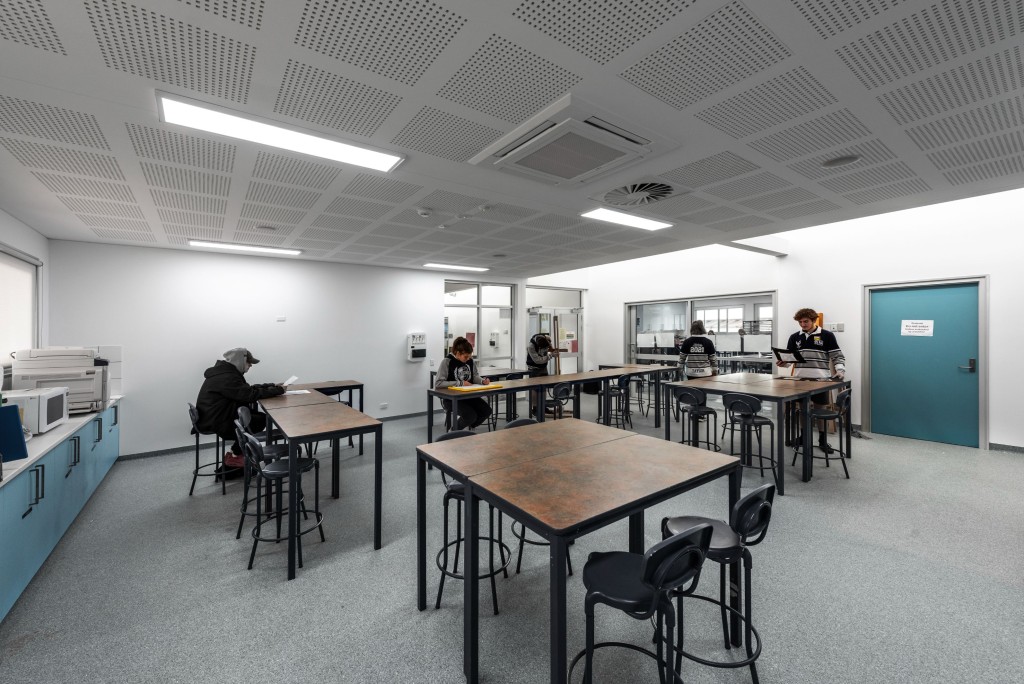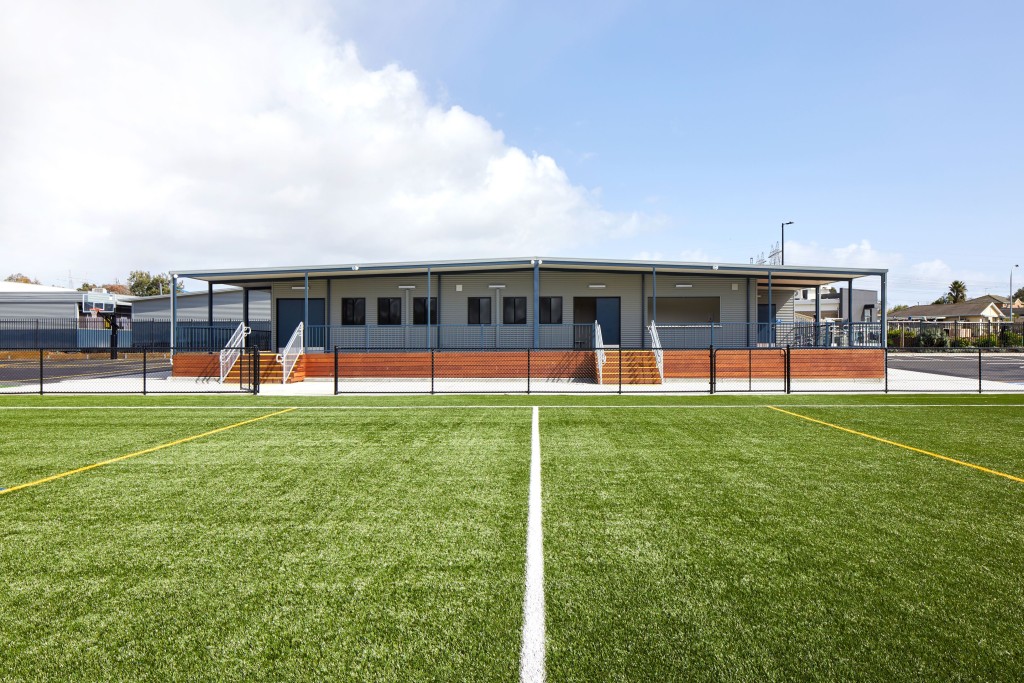The Evolution of Transportable Classrooms: From 1966 to Today
Demountable classrooms have come a long way since their widespread adoption in the 1960s. These portable, temporary structures have evolved significantly to address the changing needs of educational institutions. Today, demountable classrooms are not only a practical solution for expanding learning spaces but also a testament to sustainability, quality, and configurability.
The 1960s: A Turning Point
In the 1960s, transportable classrooms emerged as a response to the pressing challenges faced by educational institutions. A growing student population, budget constraints, and the need for flexible learning environments drove the adoption of these portable units.
The Evolution & Transformation of Portable Classrooms
- Sustainability: In the past, demountable classrooms were often seen as a temporary, environmentally unfriendly solution. However, significant advancements have been made in materials and construction techniques. Today's demountable classrooms are designed with sustainability in mind. They are made from eco-friendly materials, are energy-efficient, and produce less waste during construction.
- Quality Materials: The earlier generations of demountable classrooms sometimes had a reputation for being less durable and less comfortable than permanent buildings. Today, these classrooms are constructed using high-quality materials, ensuring they meet the same standards of comfort, safety, and functionality as permanent structures.
- Highly Configurable: Modern demountable classrooms are highly configurable to meet the unique needs of educational institutions. They can be customised to include amenities like proper ventilation, heating, and cooling systems. Some are equipped with advanced technology, ensuring that students have access to a modern and comfortable learning environment.
The educational landscape continues to evolve, and Balaklava High School is no exception. They've taken a proactive step by recently introducing state-of-the-art science labs for their Year 7 students. This investment in facilities ensures that students have access to the latest tools and resources, enhancing their learning experience and fostering a passion for science from a young age. In addition to the advanced science labs, Balaklava High School has also expanded its facilities to include a range of essential spaces. These include breakout areas where students can collaborate and engage in group activities, dedicated art rooms that foster creativity and artistic expression, and ample storage.

Bridging the Gap Between Schools and Communities
With the increasing scarcity of available green space for additional sports facilities, innovative solutions have arisen to bridge the gap. An exemplary case is the partnership between Narre Warren South P-12 College and the City of Casey in Melbourne which exemplifies the potential of joint-use agreements to serve the needs of both the school and the broader community.
Narre Warren South P-12 College and the City of Casey recognised the benefits of modular construction, which offers flexibility, rapid deployment, and cost-effectiveness. They turned to Ausco Modular to provide a dual-purpose space that could cater to the school's requirements during the day and seamlessly transition to serve the Council's local community and sporting groups after hours. This shared approach not only optimizes the utilisation of space but also strengthens the bonds between schools and their surrounding communities.

The journey of demountable classrooms from the 1990s to the present day is a testament to innovation and adaptability. They have evolved from simple, temporary structures to sustainable, high-quality, and highly configurable spaces. Today's portable classrooms not only offer a practical solution for addressing the dynamic needs of schools but also exemplify a commitment to quality education and sustainable infrastructure.
As educational institutions continue to compete with changing enrollment numbers and budget constraints, modern demountable classrooms remain a valuable asset. They are more than a quick fix; they represent a versatile, comfortable, and sustainable approach to education, ensuring that students have access to the best environments available.
Speak with the team at Ausco to learn more.


